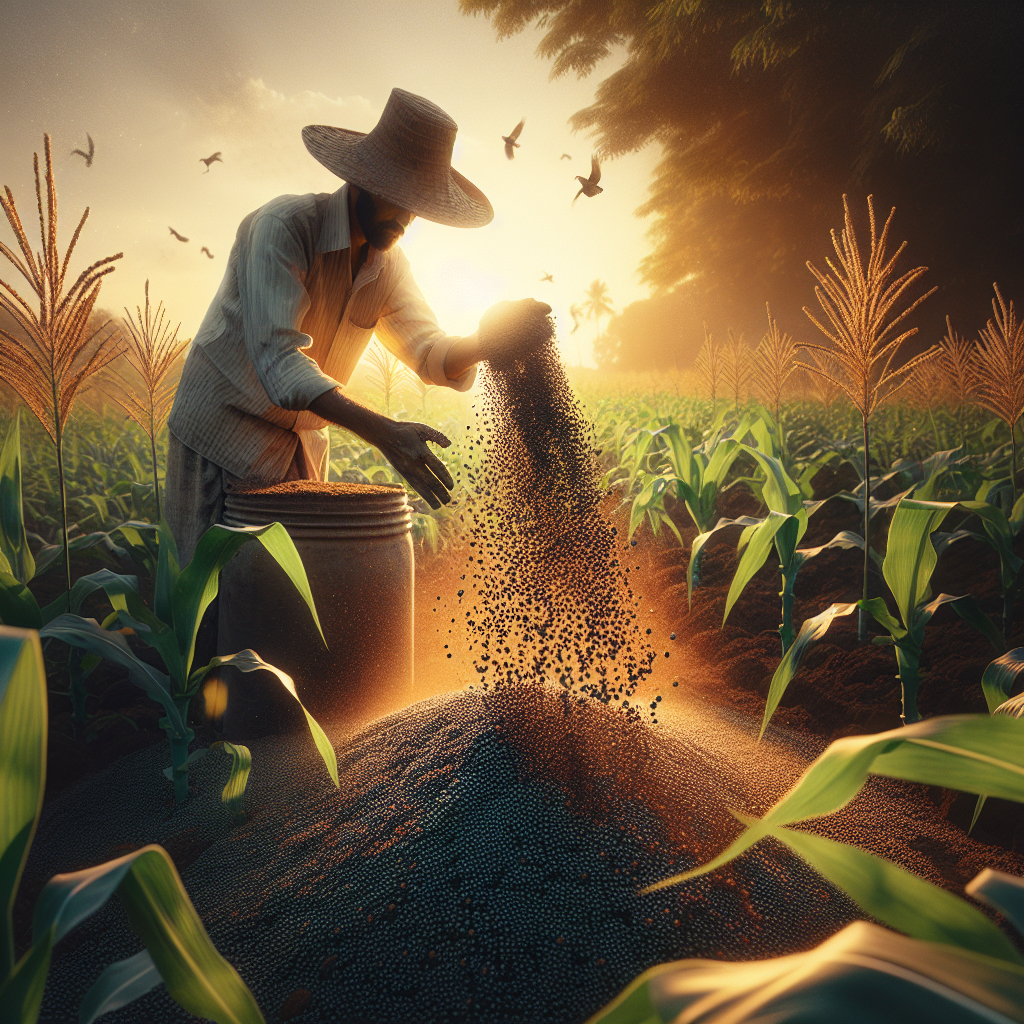The Government of India has unveiled measures to strengthen the availability and affordability of fertilizers, ensuring sustainable support for the agriculture sector and food security. Union Minister of State for Chemicals and Fertilizers, Smt. Anupriya Patel, outlined these initiatives during a parliamentary session on November 29, 2024.
Phosphatic & Potassic (P&K) Fertilizers
Under the Nutrient Based Subsidy (NBS) Scheme, the government provides subsidies for Phosphatic and Potassic (P&K) fertilizers. These subsidies are adjusted biannually based on international prices. Key highlights include:
The subsidy for DAP fertilizer rose from ₹21,676 per MT during Kharif 2024 to ₹21,911 per MT for Rabi 2024-25.
An additional special package of ₹3,500 per MT on DAP was approved from April 1 to December 31, 2024. This package has an approximate financial implication of ₹2,625 crores to ensure affordability for farmers.
The government has also promoted indigenous fertilizers like Single Super Phosphate (SSP) through freight subsidies since Kharif 2022 and has encouraged Potash derived from Molasses (PDM) under the NBS regime from October 2021.
Urea Sector: Increasing Domestic Production
Urea remains the backbone of agricultural fertilizer in India, provided to farmers at a Maximum Retail Price (MRP) of ₹242 per 45 kg bag, regardless of production costs. The subsidy bridges the gap between production costs and MRP, ensuring farmers receive urea at affordable rates.
New Investment Policy (NIP) – 2012 and New Urea Policy (NUP) – 2015
The NIP-2012, along with amendments in 2014, has led to the establishment of six new urea plants with a combined capacity of 76.2 Lakh Metric Tonnes per annum (LMTPA). These units, equipped with advanced energy-efficient technology, include:
- Ramagundam (Telangana)
- Gorakhpur (Uttar Pradesh)
- Sindri (Jharkhand)
- Barauni (Bihar)
- Panagarh (West Bengal)
- Gadepan-III (Rajasthan)
Under NUP-2015, 25 gas-based urea units have maximized indigenous production, adding 20-25 LMTPA annually. As a result, India’s total urea production increased from 225 LMT in 2014-15 to 314.07 LMT in 2023-24.
Additionally, the government approved a Greenfield urea plant in Talcher, Odisha, using coal gasification technology to produce 12.7 LMTPA, further enhancing self-reliance.
Achievements in Fertilizer Production
Efforts to boost manufacturing have significantly increased domestic production:
- P&K fertilizers: From 159.54 LMT in 2014-15 to 182.85 LMT in 2023-24.
- Urea: From 207.54 LMT capacity in 2014-15 to 283.74 LMT at present.
Enhanced Import and Manufacturing Freedom for P&K Fertilizers
Private companies are free to import raw materials and finished P&K fertilizers, enabling business flexibility. The government recognizes new manufacturing units and capacity expansions under the NBS scheme to promote self-sufficiency.
These measures underscore India’s commitment to ensuring affordable fertilizers for farmers, enhancing agricultural productivity, and achieving self-reliance in fertilizer production, aligning with the country’s broader food security and climate resilience goals.











